Apollo 8: Mankind’s First Trip to the Moon
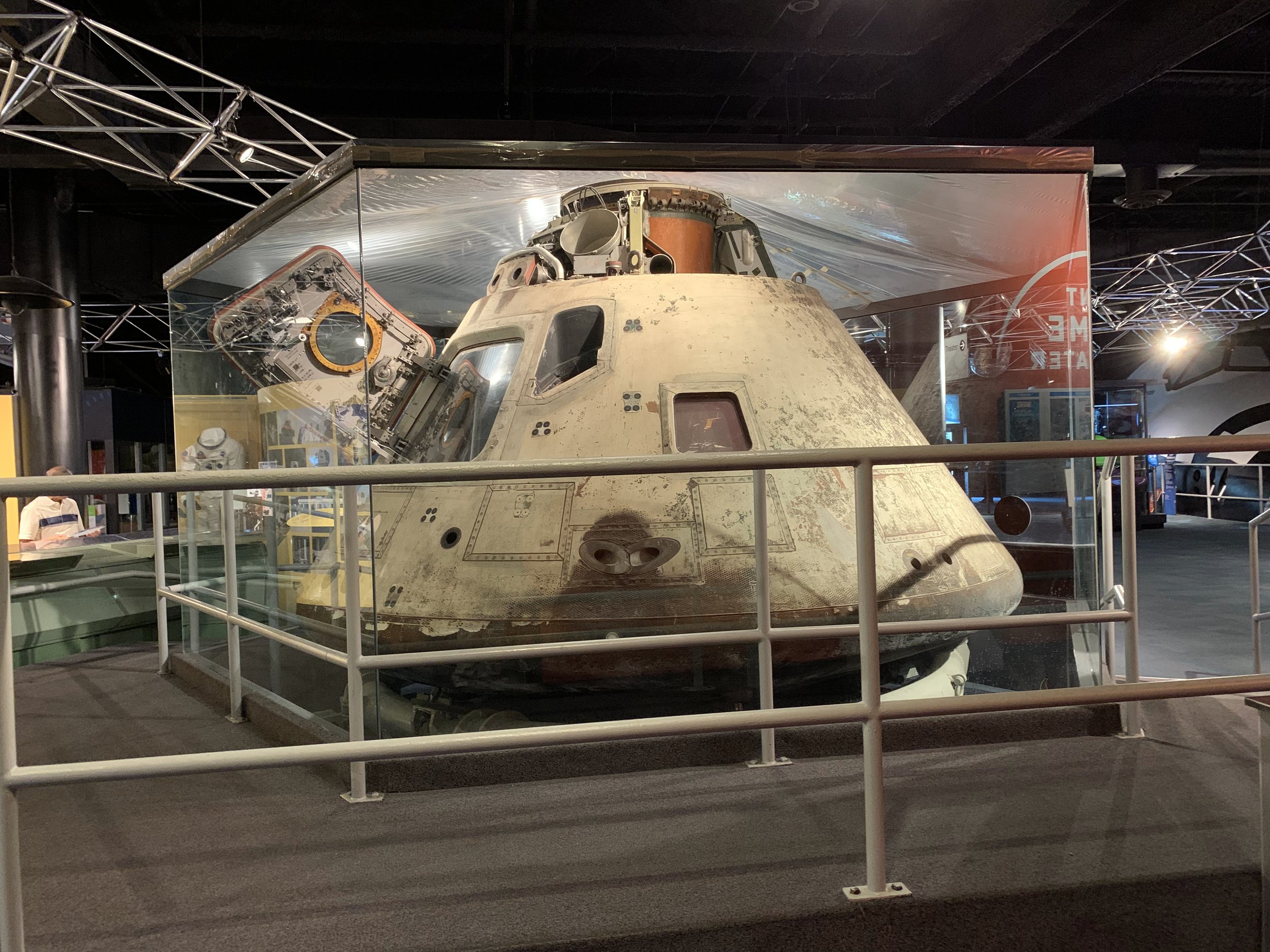

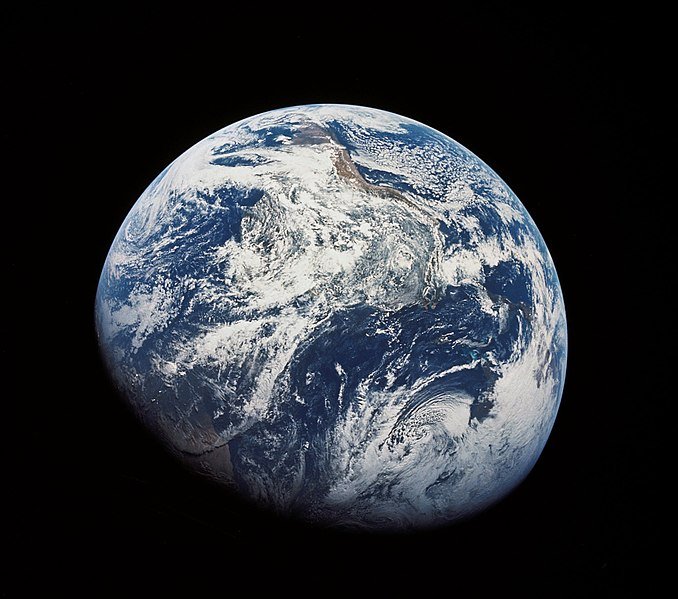
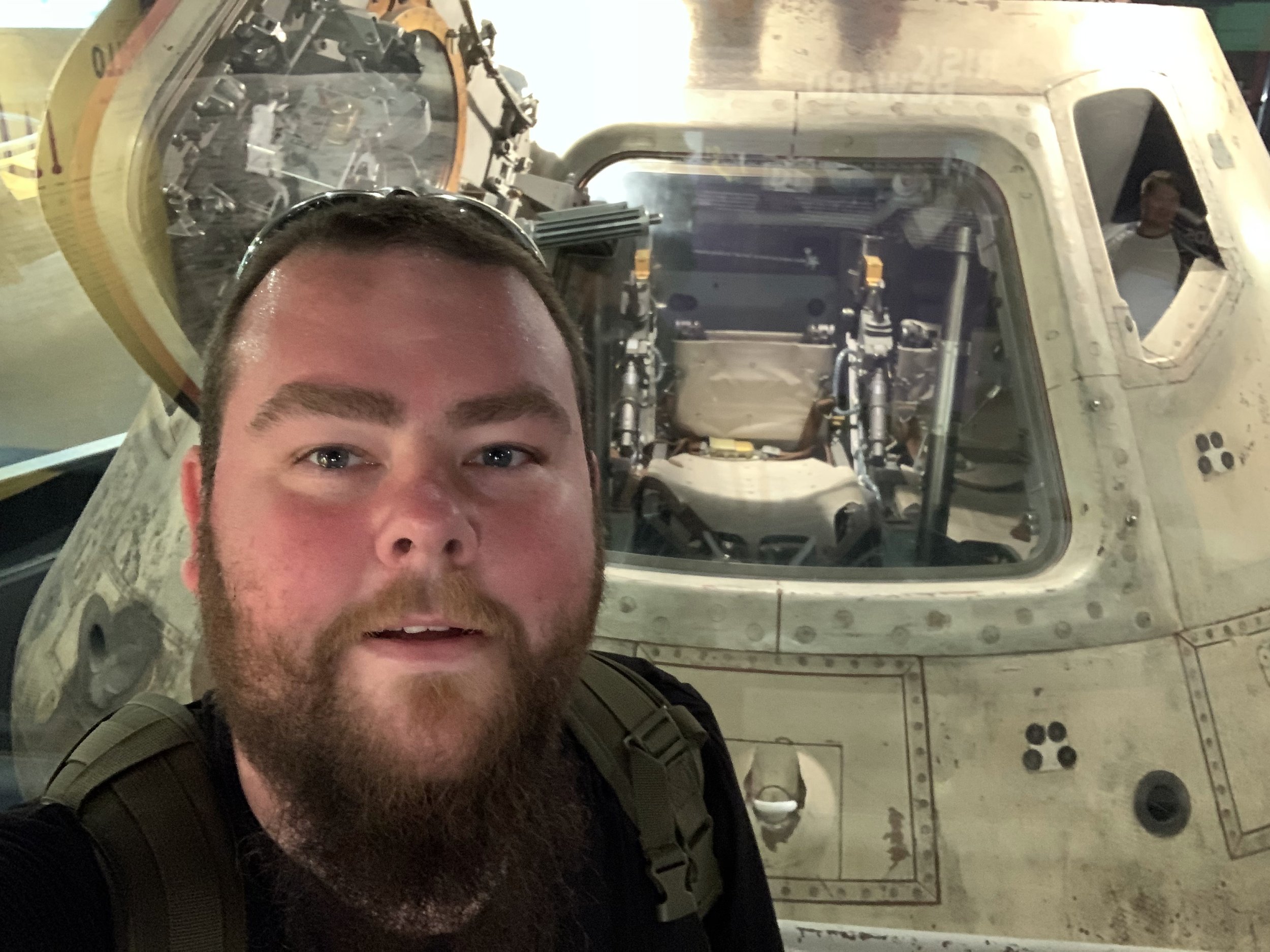
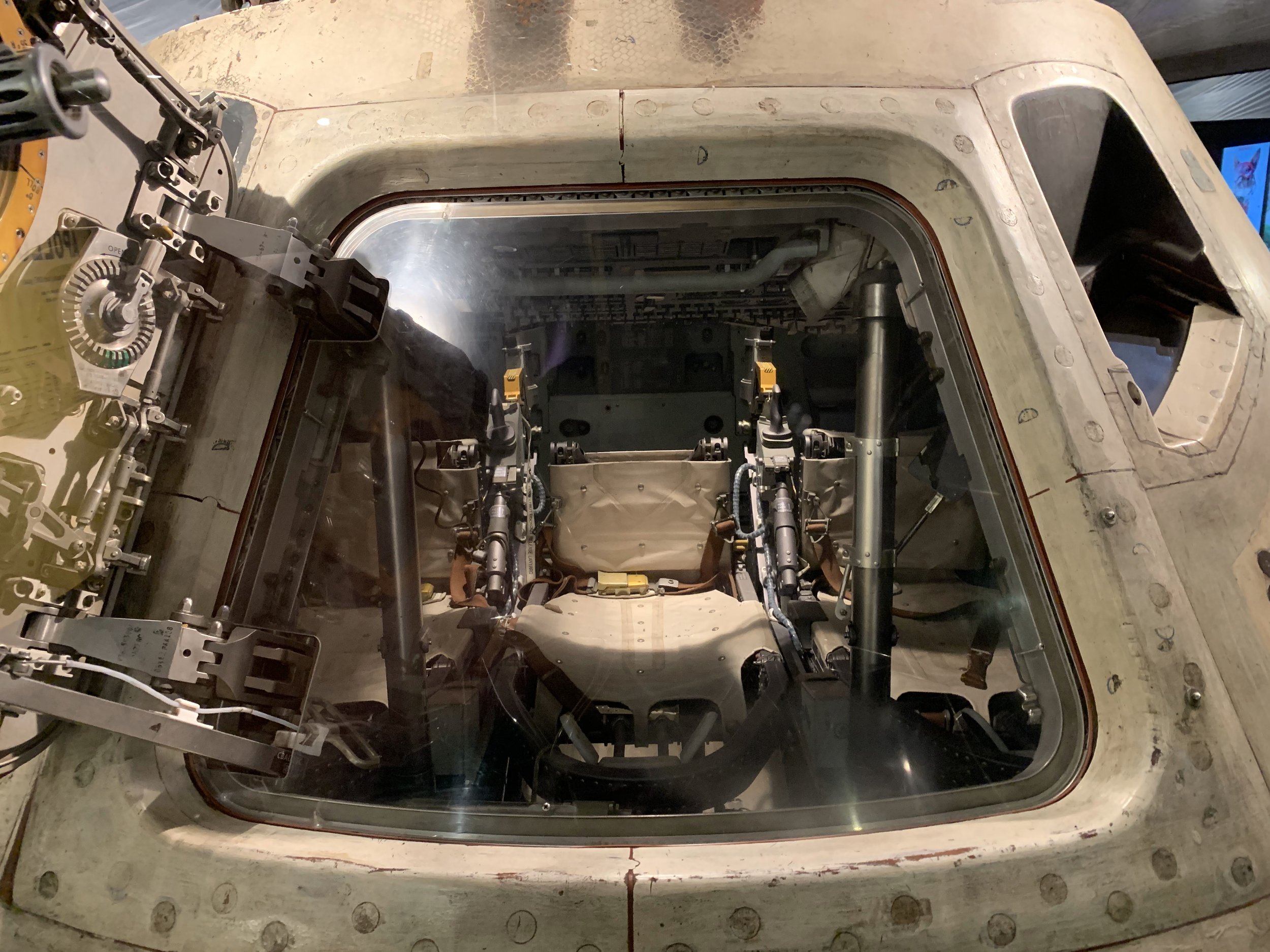
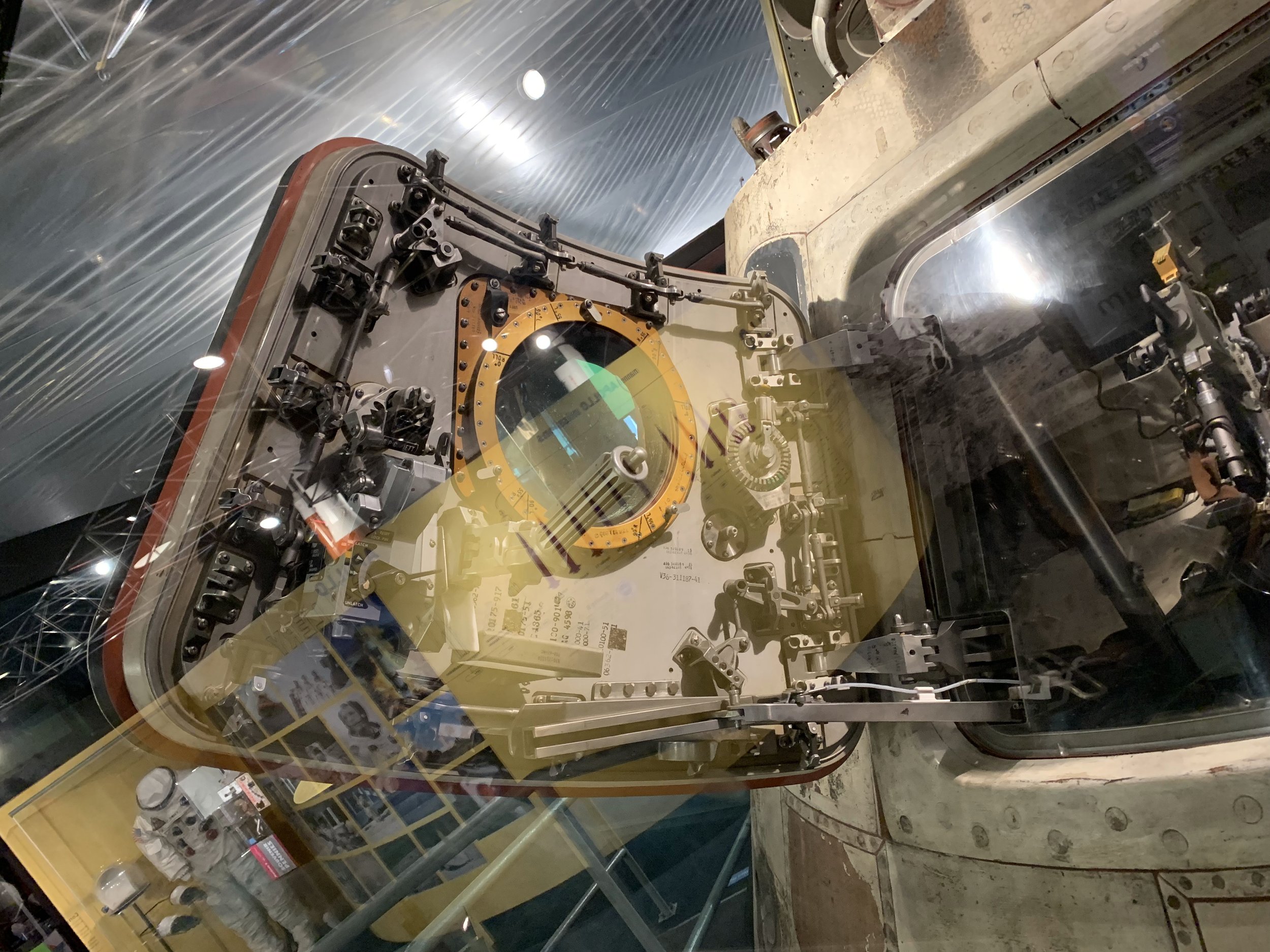


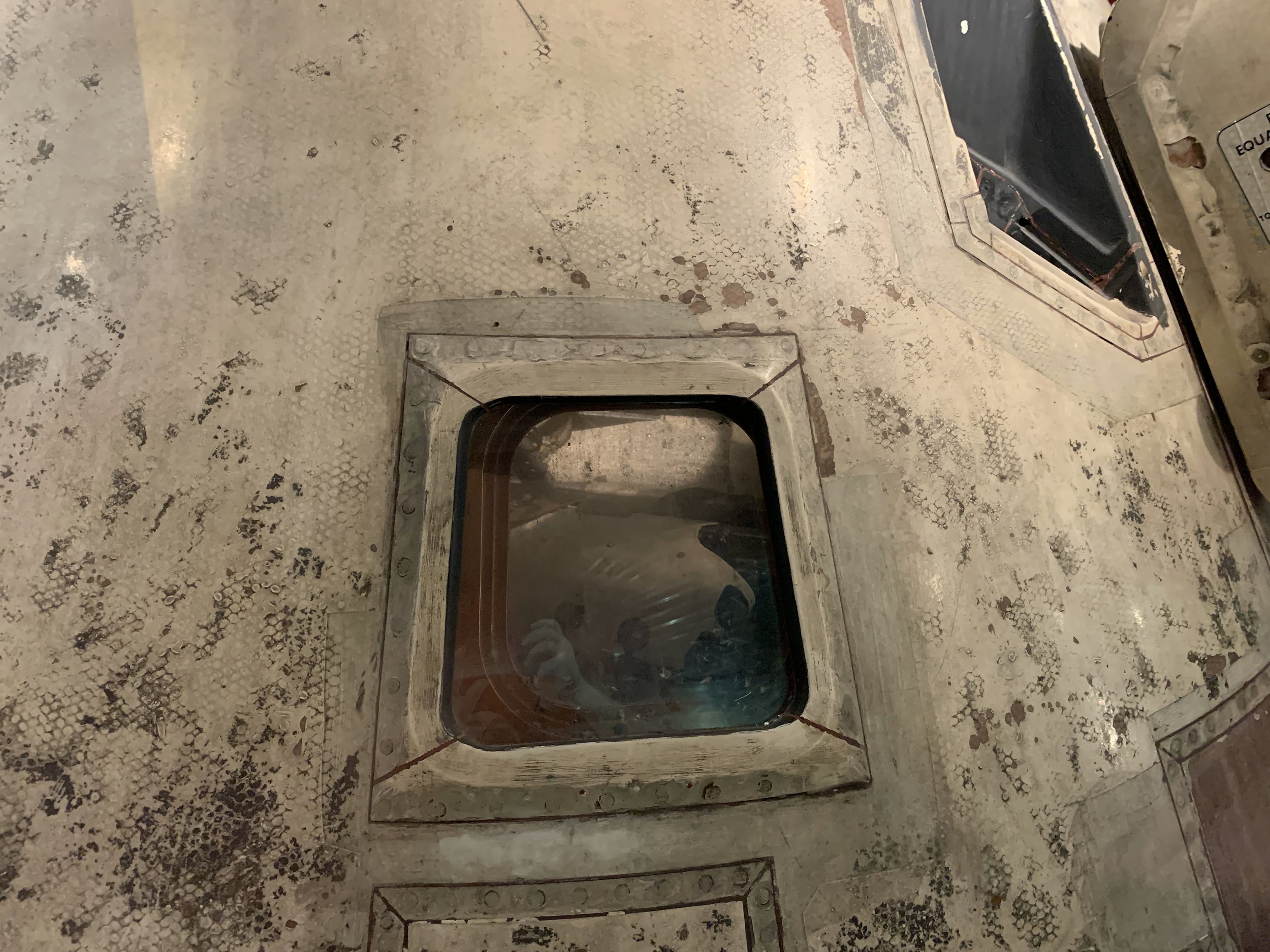
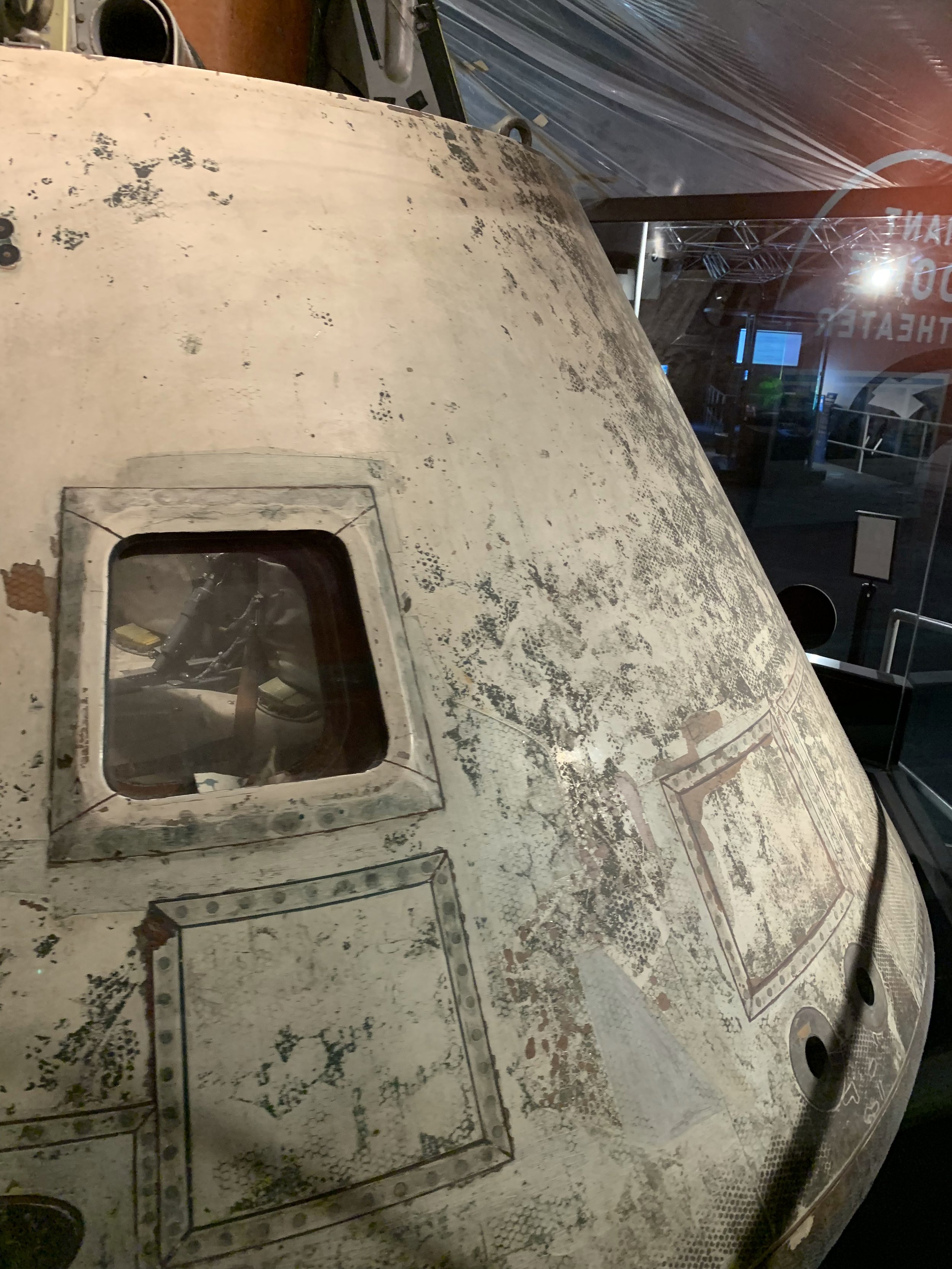
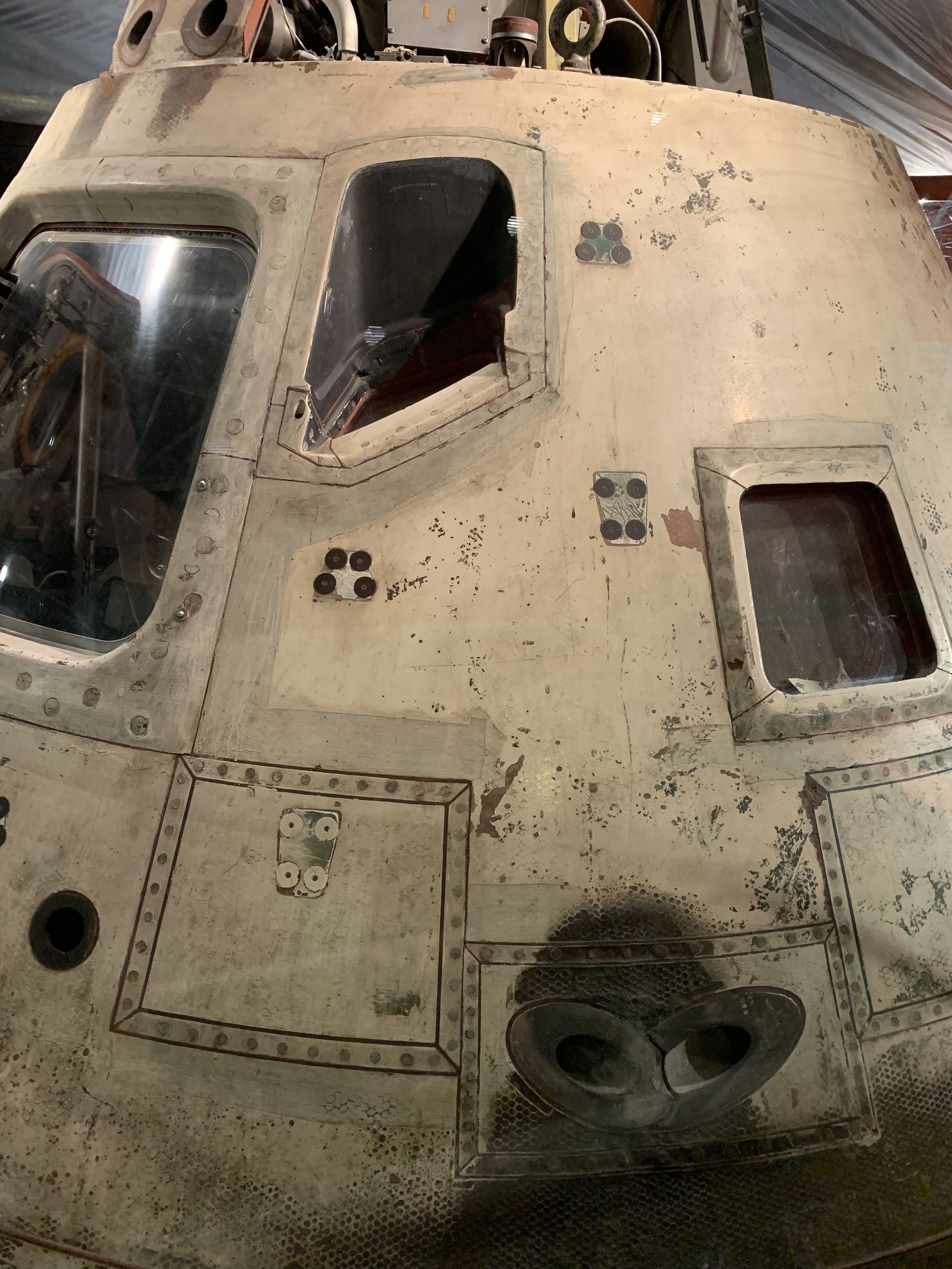
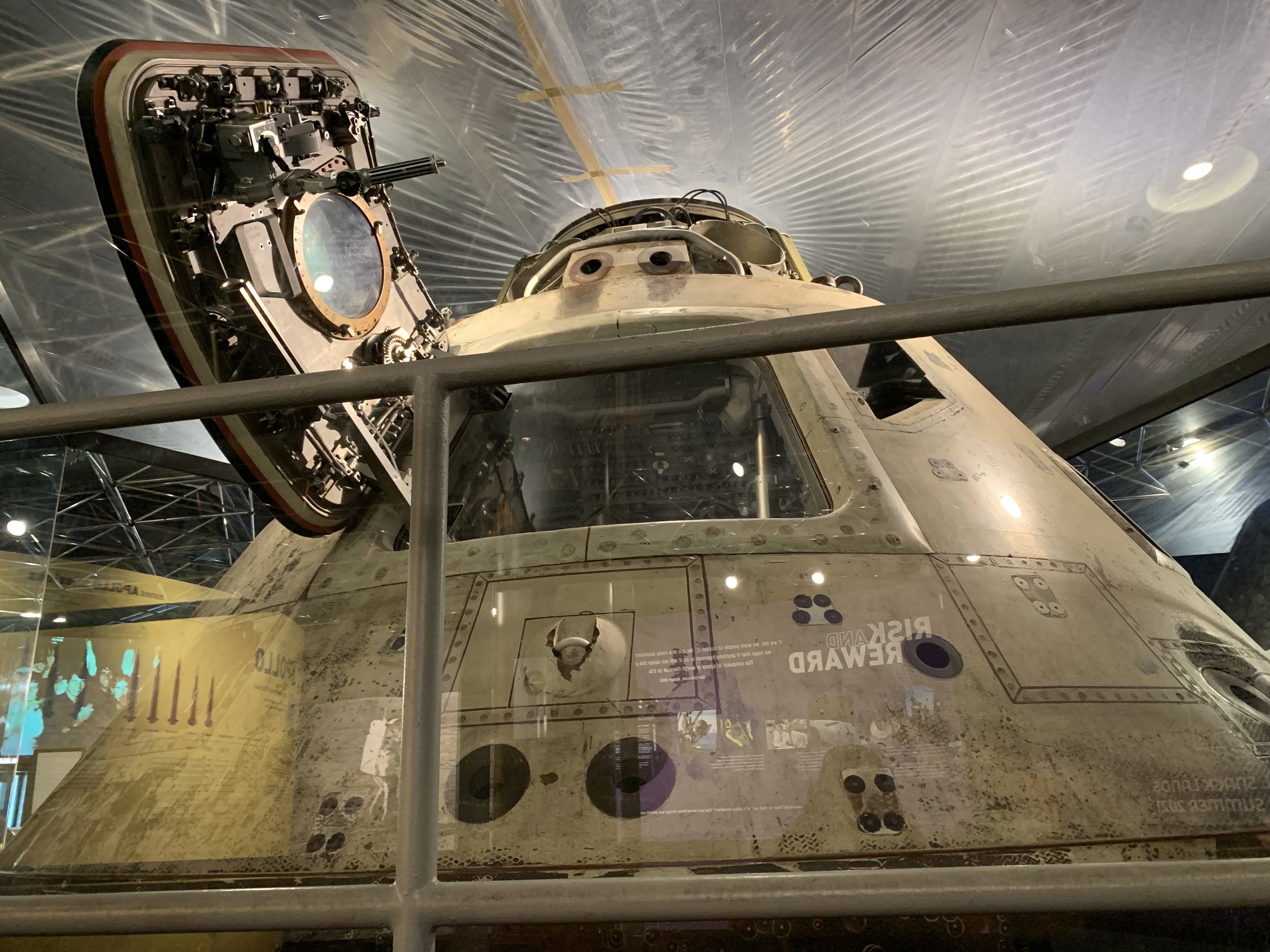
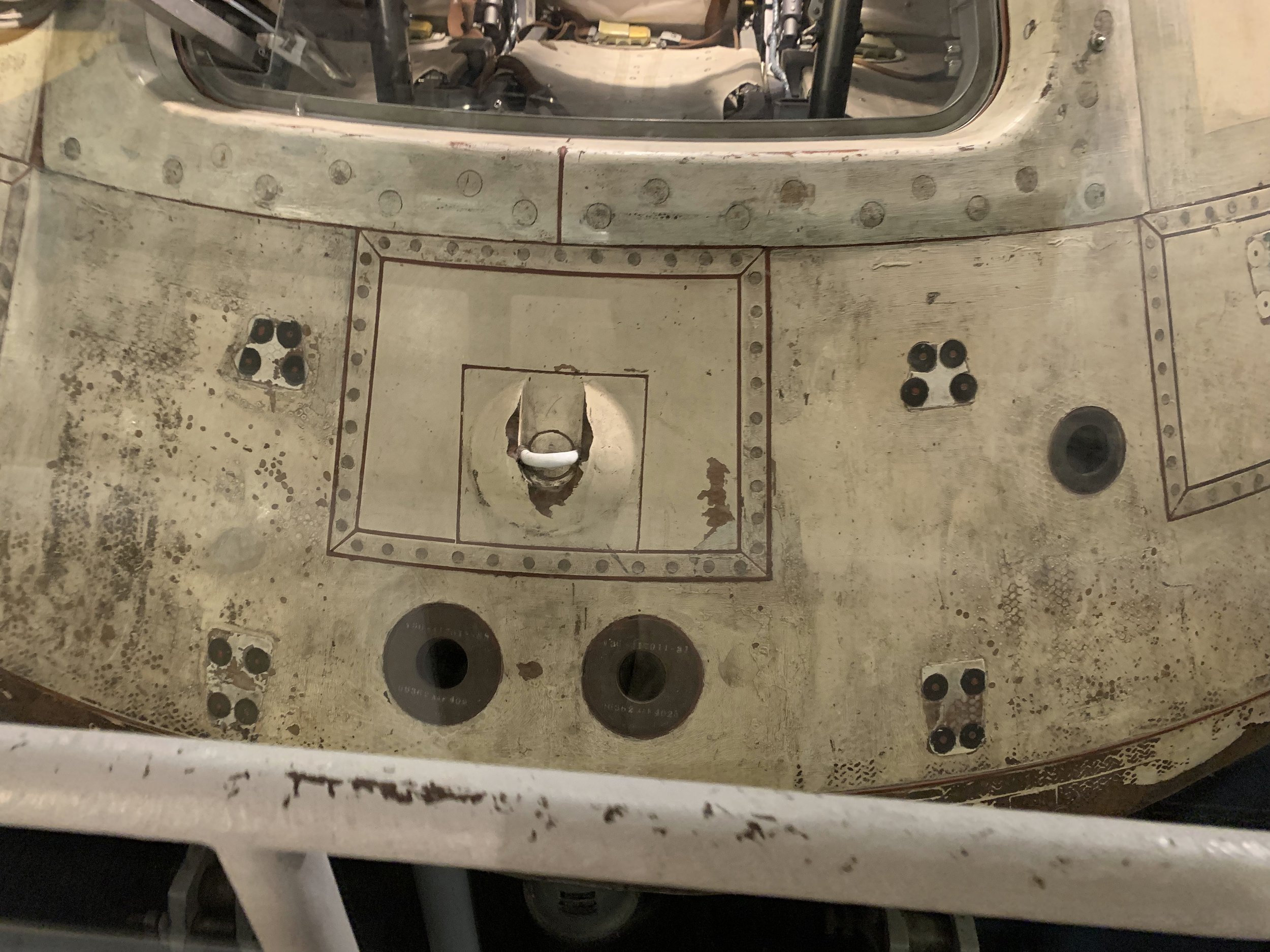
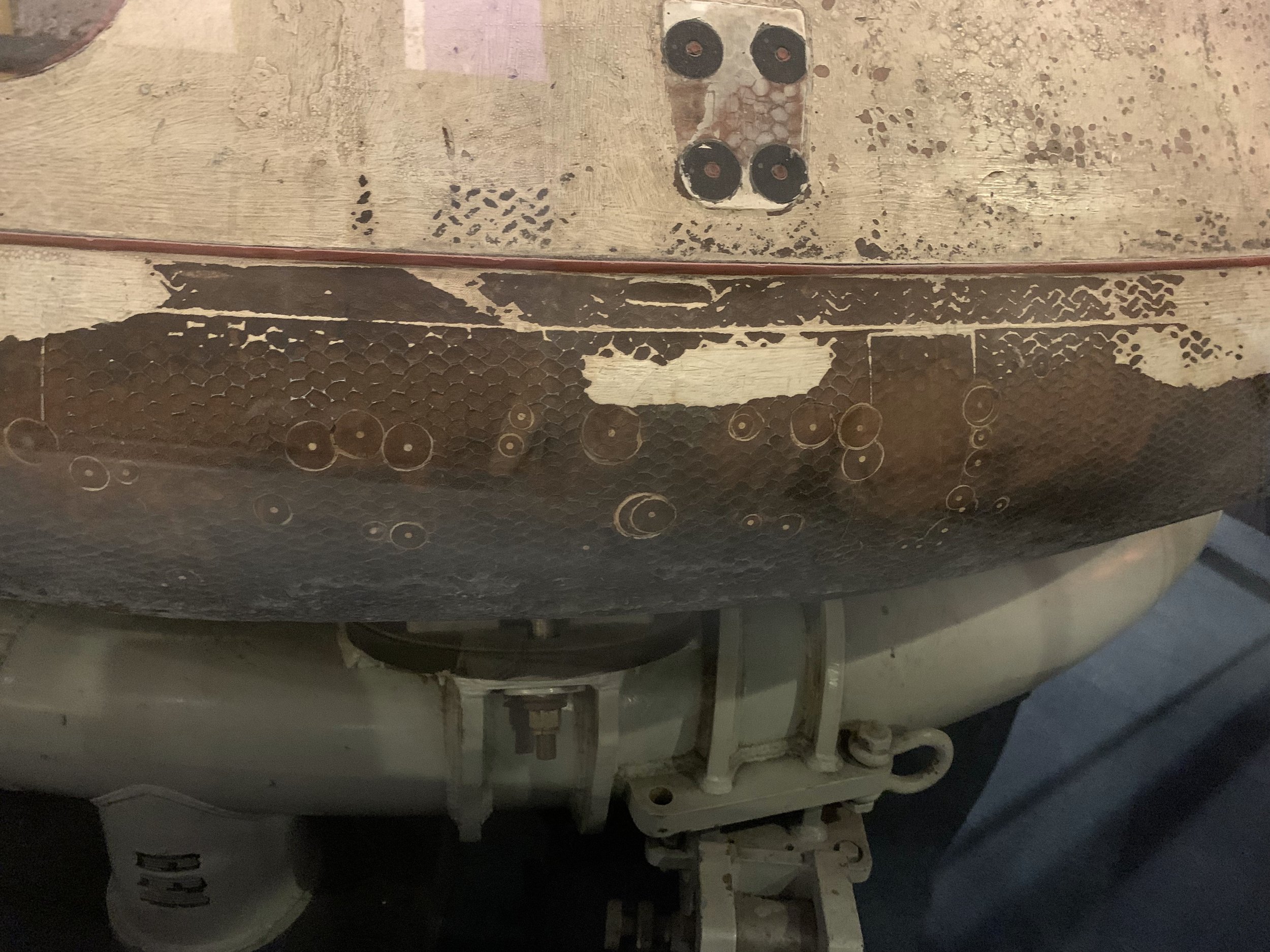
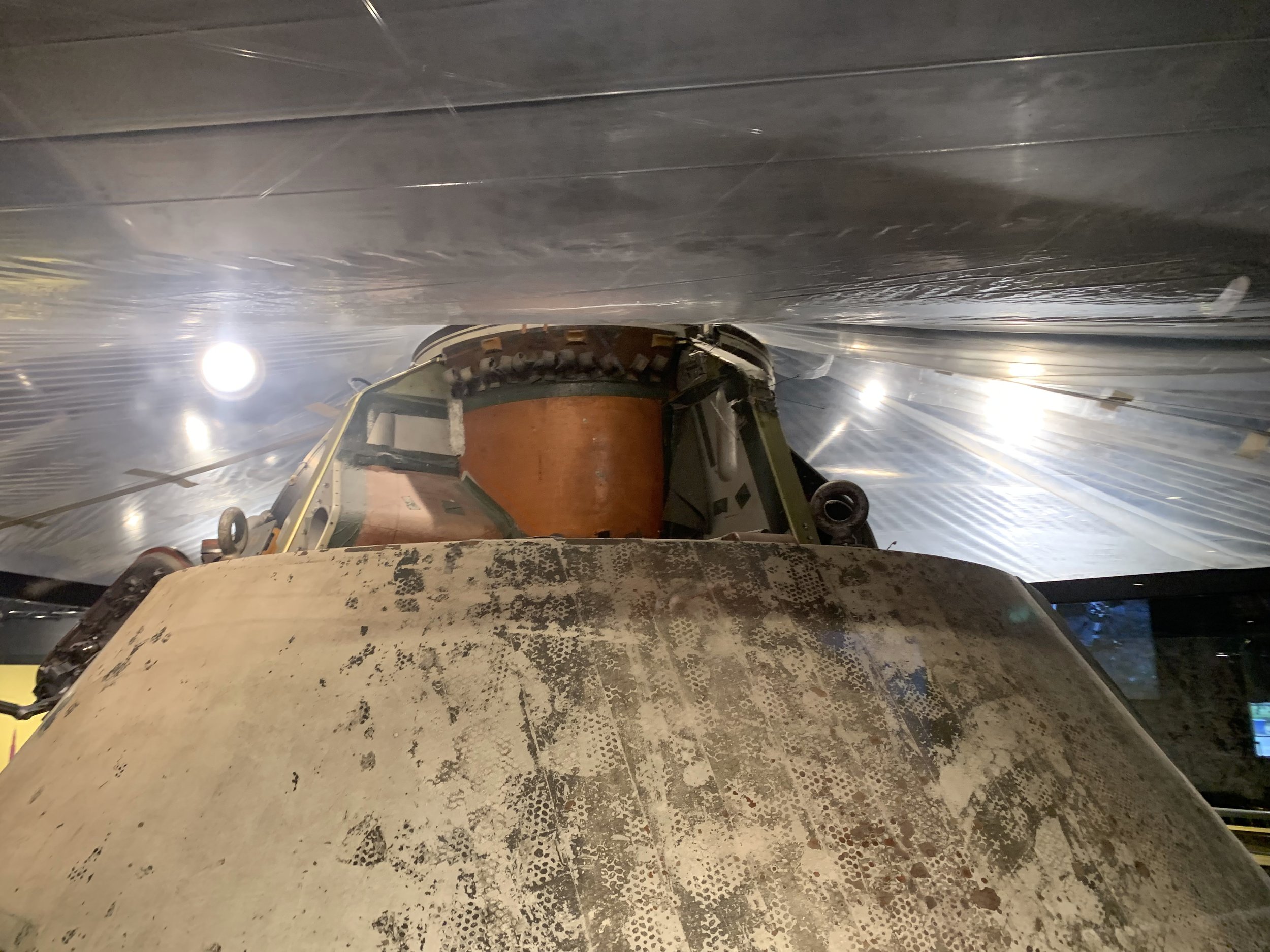
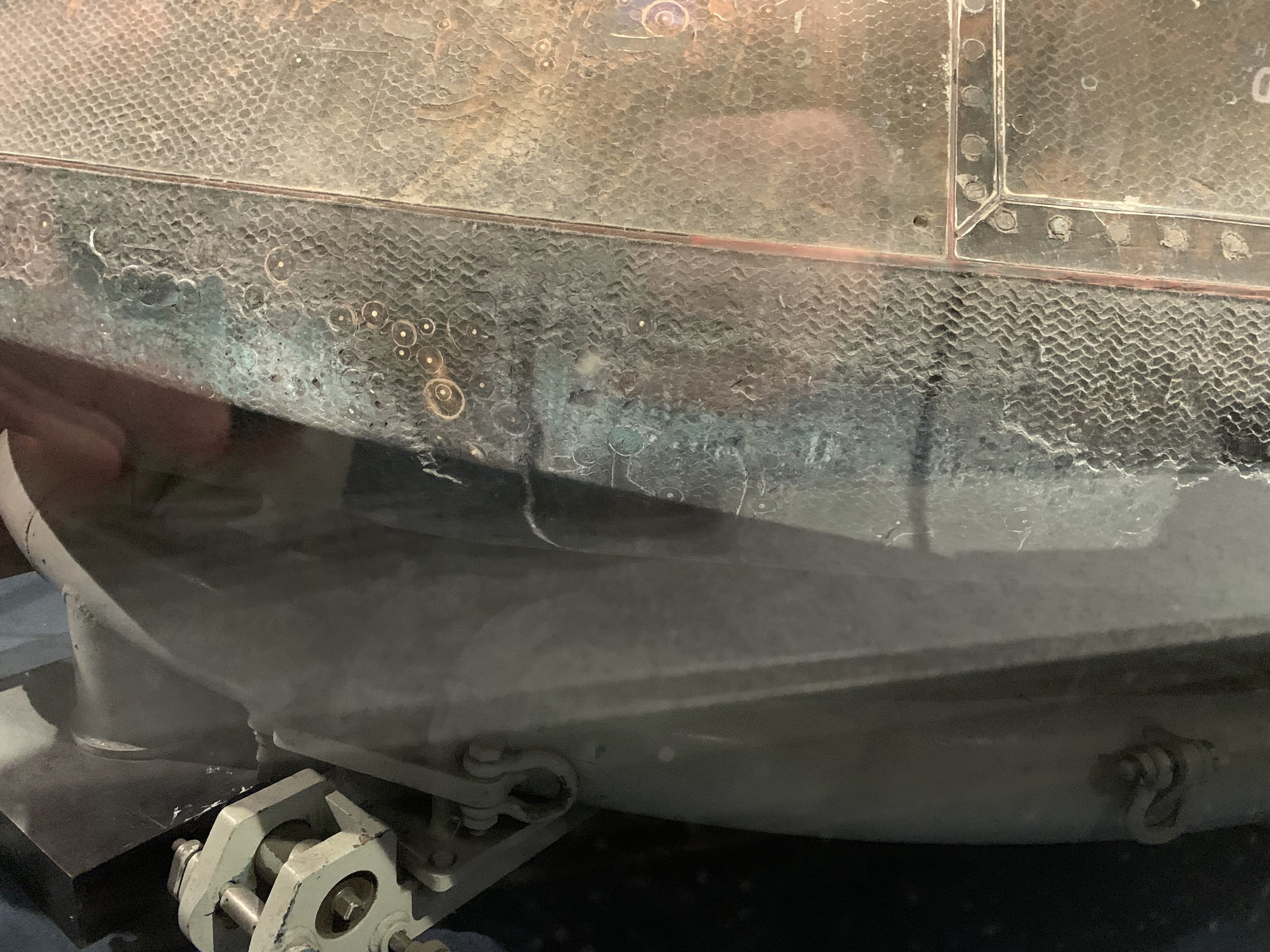
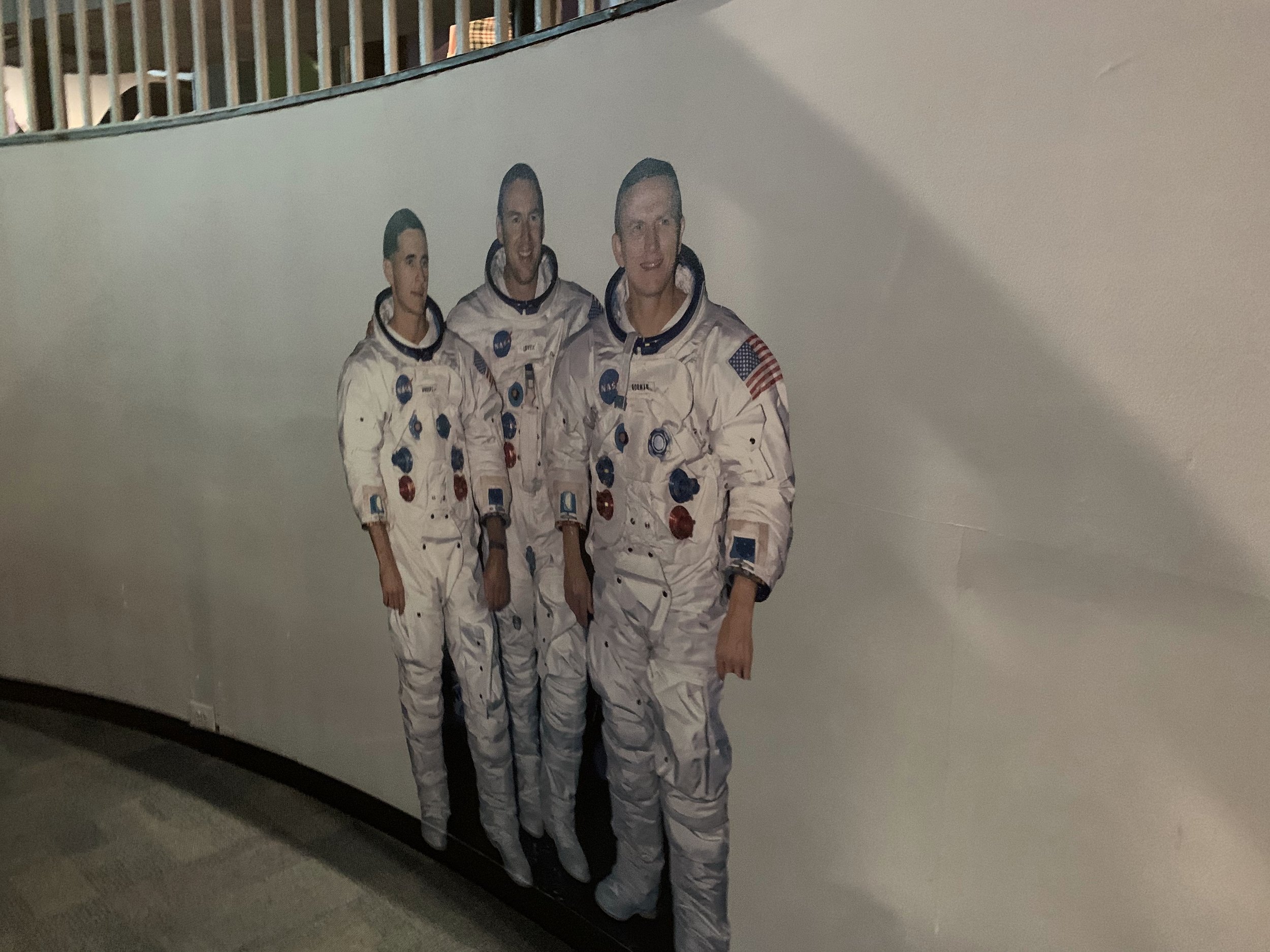
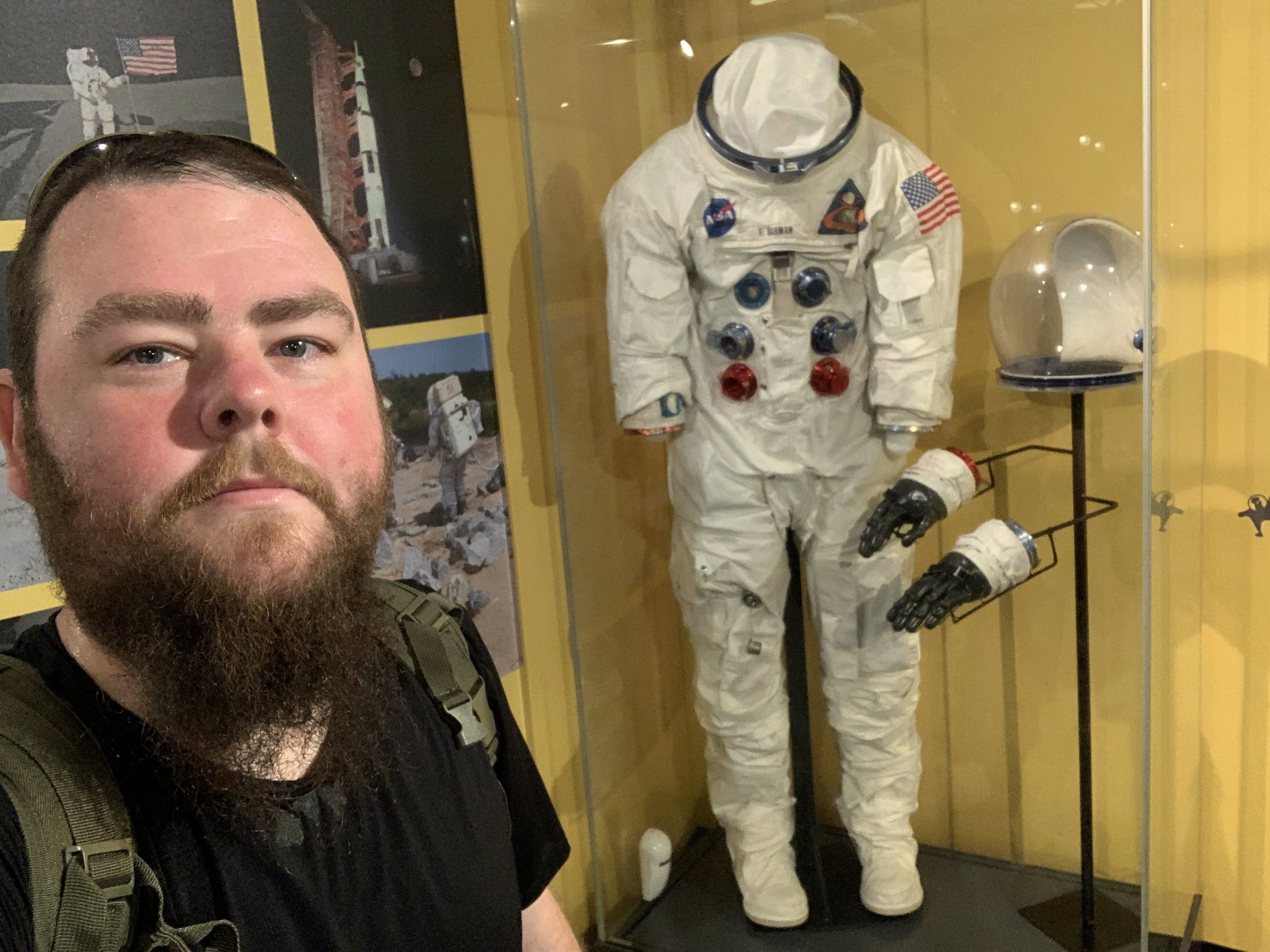
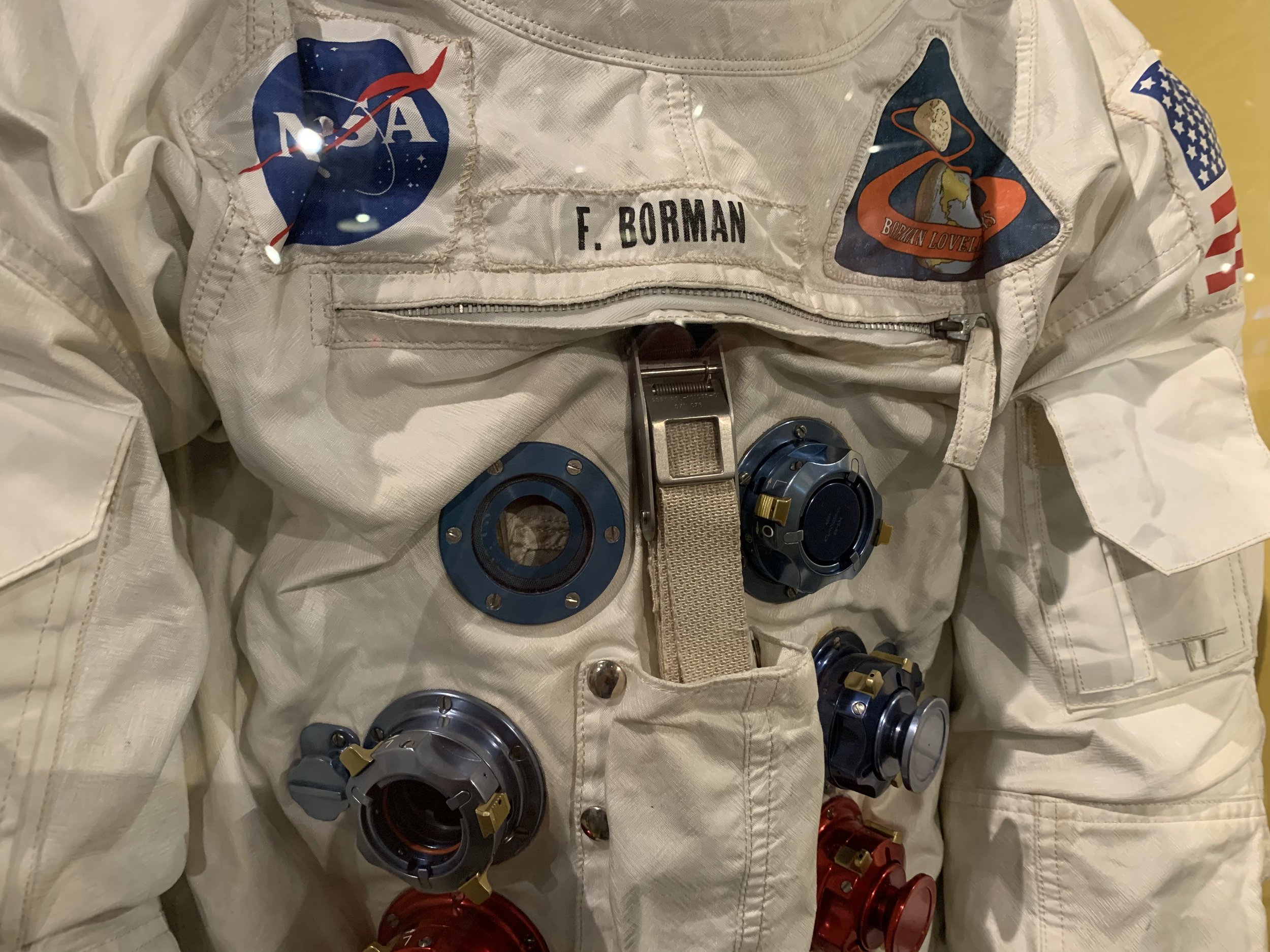
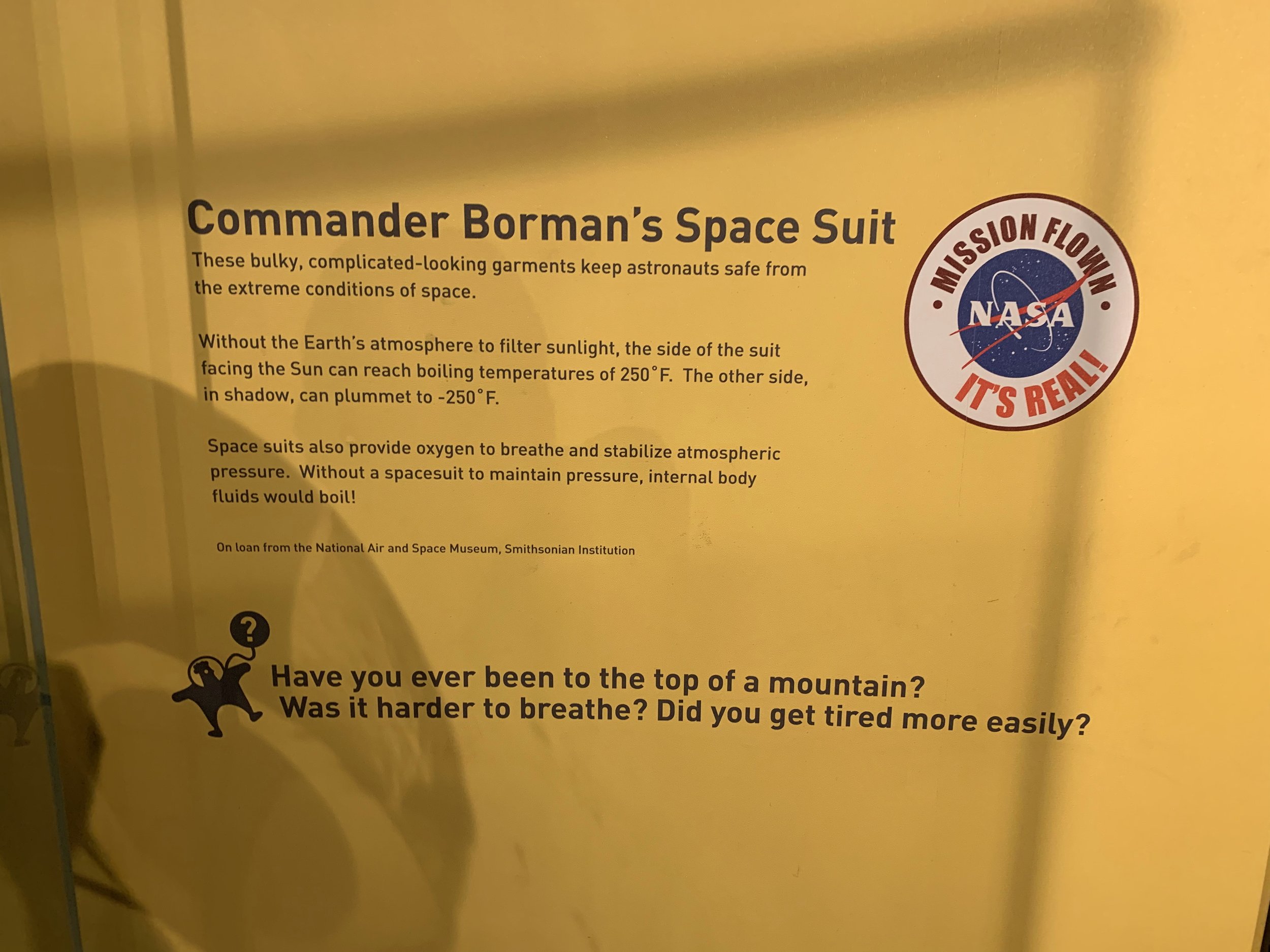
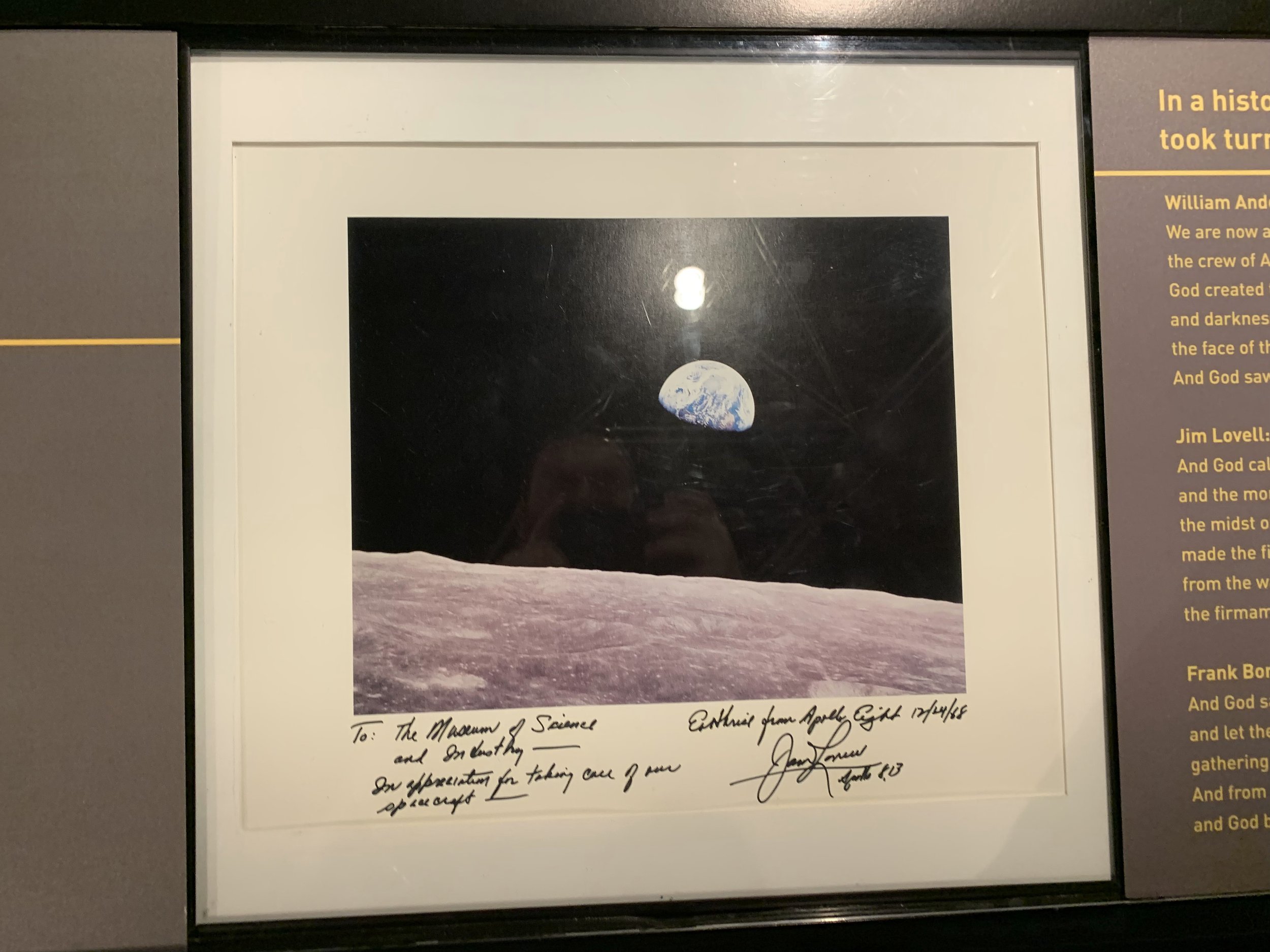
On December 24th 1968 astronaut William Anders took what is arguably humanity’s most important photograph. He along with Jim Lovell and Frank Borman were aboard the Apollo 8 spacecraft undertaking the first ever trip to the moon. As they emerged from the moon’s shadow for the first time, they were greeted by the Earth rising into view. Anders had been using the mission’s camera to take photos of the far-side of the moon, and moved quickly to capture this historic moment on film. Seeing the whole world for the first time from this vantage point helped frame our planet as the fragile oasis that it truly is. At the height of the cold war, many politicians cited this photograph as helping reshape their views on the world. Half of the world’s population may have watched Neil Armstrong take his “giant leap” onto the moon with Apollo 11, but the men of Apollo 8 truly blazed the trail with mankind’s first visit to another world.
In addition to laying claim to the first trip to the moon, and the first Earth Rise, this craft also briefly held the record for longest single voyage (half of a million miles to the moon and back), as well as the furthest traveled from Earth craft (later broken by Apollo 13 due to its unique trajectory).
Today the command module that carried our first emissaries to another world is on permanent display at Chicago’s Museum of Science and Industry. It is joined by Frank Borman’s space suit from the mission, the Mercury Aurora 7 spacecraft (America’s 4th space flight), and many other displays of Apollo era technology. Like all of the command modules, the craft is protected by a thick wall of glass, but you are able to get within a couple of feet of it. The door to the craft is open, so you can get a very detailed look inside.
By far the most striking feature of the ship is just how small it really is. The human habitable space inside is roughly the size of a phone booth, and yet 3 men shared this as their only living space for the 6 day mission. They worked, ate, slept, and went to the bathroom with barely a few inches of space between them. The craft is tilted slightly to allow a good view of it’s “ablative shield”, which was designed to burn away as is re-entered the Earth’s atmosphere.
In total men made nine voyages to the moon between July 1969 and December 1972. Of the massive Saturn V rocket assemblies that carried these brave men, only the Command Modules returned from the moon. NASA has spread these historic craft across the U.S. to different museums, as well as loaning the Apollo 10 ship to a museum in London. All of these craft represent the highest of human achievements, and are worthy of a dedicated trip just to see. If you can only see one though, Apollo 8’s unique place in history makes it an excellent choice.
Want to Experience This Adventure for Yourself?:
The Chicago Museum of Science & Industry
5700 S DuSable Lake Shore Drive, Chicago, IL 60637